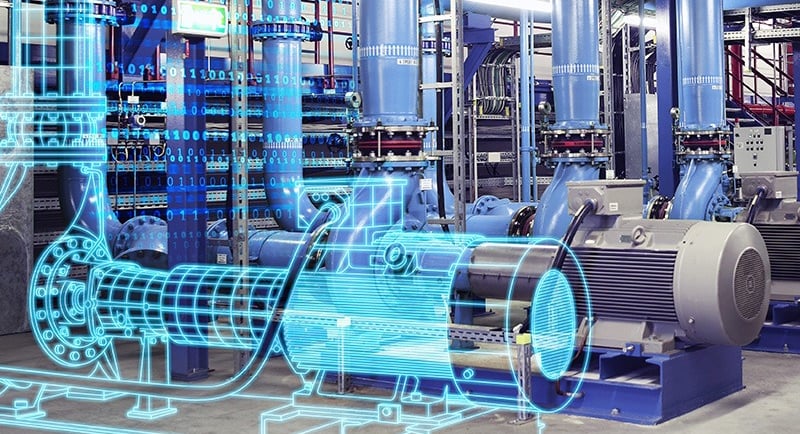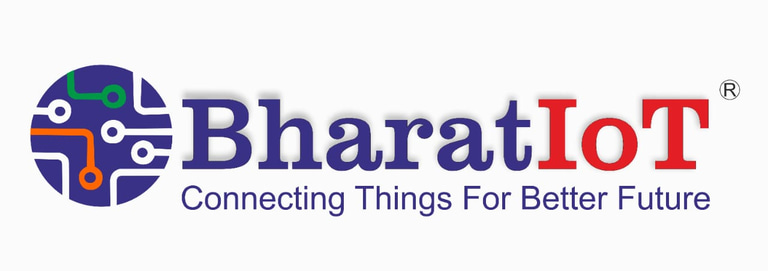Digital Twin and IoT
Digital twin and IoT are two technologies that are revolutionizing the way businesses operate by providing real-time, data-driven insights into physical objects and processes. At its core, a digital twin is a virtual replica of a physical system or process that is created by collecting and analyzing data from sensors and other sources. This data is then used to create a dynamic, real-time model that can be used to simulate and predict performance.


Digital twin and IoT are two technologies that are revolutionizing the way businesses operate by providing real-time, data-driven insights into physical objects and processes. At its core, a digital twin is a virtual replica of a physical system or process that is created by collecting and analyzing data from sensors and other sources. This data is then used to create a dynamic, real-time model that can be used to simulate and predict performance.
On the other hand, IoT refers to the interconnected network of physical devices, sensors, and objects that are embedded with technology, allowing them to collect and exchange data. These devices communicate with each other and with the cloud to provide real-time data that can be used for analytics, automation, and other applications.
The relationship between digital twin and IoT is crucial, as the data collected from IoT devices can be used to create and update digital twins. This provides businesses with a real-time, data-driven view of physical objects and processes, allowing them to gain insights into their operations and make data-driven decisions to optimize their processes and improve efficiency.
For instance, in manufacturing, digital twin IoT can be used to simulate the behavior of a product in a virtual environment. This enables designers and engineers to identify potential issues and optimize the design before the product is built. By creating a digital twin of equipment, operators can monitor its performance in real-time and predict when maintenance is required, reducing downtime and increasing efficiency.
Similarly, in healthcare, digital twin IoT can be used to create a virtual twin of a patient's anatomy. This allows surgeons to plan surgeries more accurately and reduce the risk of complications. Researchers can also optimize the efficacy and safety of drugs by simulating the effect of a drug on a virtual organ.
Overall, the combination of digital twin and IoT is transforming the way businesses operate. By leveraging the power of these technologies, businesses can gain real-time insights into their operations and make data-driven decisions to stay ahead of the competition, optimize their processes, reduce costs, and improve efficiency.
